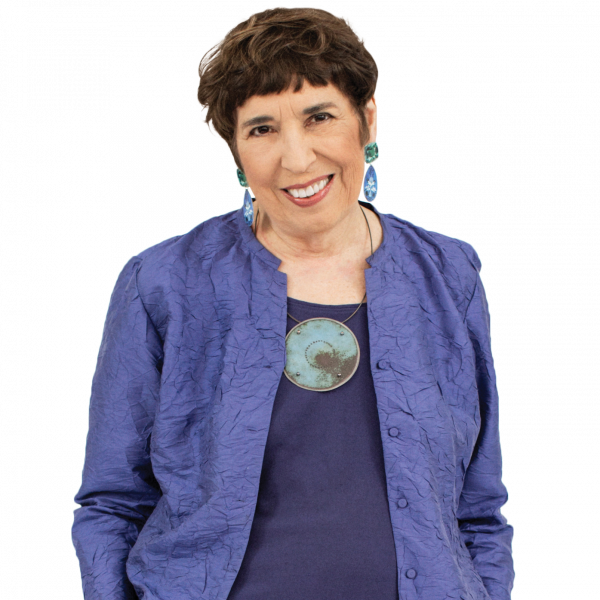
Karen Lorene
Facèré Jewelry Art Gallery
Seattle
facerejewelryart.com
facebook.com/facerejewelryart
Karen Lorene, owner of Facèré Jewelry Art Gallery in Seattle, began her retail career as an antique seller in 1972. But after moving a weighty cast-iron stove—piece by crushingly heavy piece—into a store window one day, she began dreaming about retailing “things I could carry by myself!” she recalls with a laugh. An interest in antique jewelry led Lorene to teach classes on the subject and, eventually, to open Facèré on the bottom floor of a Sheraton hotel in downtown Seattle in the early ’80s. The lease stipulated that she augment her stock of antique -jewelry with new pieces, and Lorene zeroed in on a cache of up-and–coming designers. Since then, offbeat, art-based jewelry has been her focus (“Almost every artist we represent has a degree in metalworking,” she notes). Lorene—who’s also a novelist and has written books on jewelry and small business—produces an annual journal, Signs of Life, for Facèré to celebrate her twin loves: jewelry design and contemporary literature. Featured writers are charged with penning an essay, poem, or piece of fiction inspired by pieces of jewelry from various designers. Lorene, who’s been publishing Signs of Life for 12 years, hosts a tandem jewelry reception that showcases all the artists involved.
Describe how Signs of Life got its start.
We always had the best parties in the world, and somewhere along the line, someone said, “You need to thank your customers for being customers at least once a year.” The first couple of years we sent little boxes of candy. In the meantime, I started to write. I wrote a book, Buying Antique Jewelry: Skipping the Mistakes. I loved doing that book so much, I decided to learn how to write fiction. Eventually, we came up with Signs of Life. I’m in a writing group, and we choose nine published writers and nine jewelry artists from around the country—at least one from my group every year. The writers are sent an image of a piece of jewelry, and they’re told, “You can write about anything except jewelry.” The jewelry is a jumping-off point for them.
You are known for stocking offbeat designers—what are some of your best-selling collections?
Marita Dingus, Judith Kinghorn. Wolfgang Vaatz is just exploding with this year’s Signs of Life. He makes these incredibly detailed cuffs [depicting trees and other natural elements] that people love. Emiko Oye makes jewelry out of Legos—her model was on the cover of Signs of Life this year, and her work just flies out the door. When you buy a piece from any of our artists, you get a folder with the artist’s bio, an artist’s statement, and a letter from me about collecting.
You give lots of parties and are very involved in your community—how important is it for you to be visible in your region?
Very important. I always say to young businesspeople, “You need to get yourself into as many professional organizations as you have time for, so that you start to learn about the business world.” It will help you and your business so much to be involved.
You’ve been in business for more than 30 years. What’s the secret to your success?
Our annual advertising budget is $40,000 to $70,000. And that’s why we’re still in business. We also have an agreement with our artists for exclusivity in the Pacific Northwest, because we know we’ll be giving them shows and really [working for them]. It makes the collections we carry feel very unique. And we’re staffed with incredible people. I live on a houseboat, and we have our yearly meeting there where we are always asking each other, “What can we do to make people who come into our gallery have a positive experience?” That’s the one thing that’s harder for online retailers to do—provide that great experience, invite them in, make jokes, make eye contact, connect with them. It’s so, so important.
(Photograph by Jenny Jimenez)